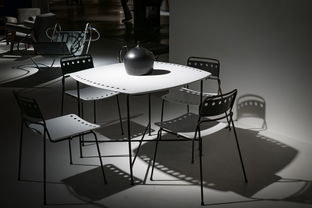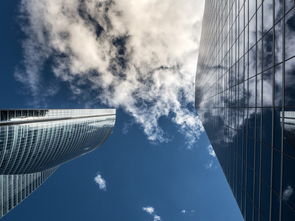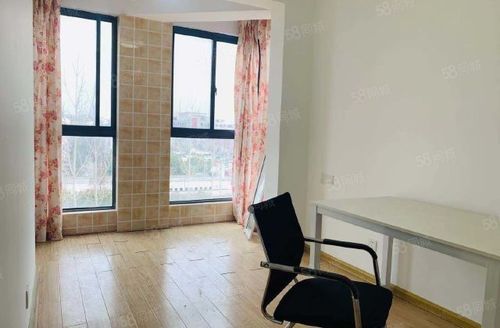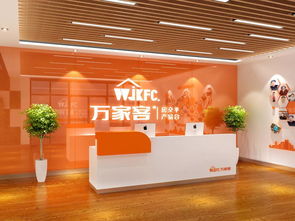Title: The Art of One-Time Use: Exploring the Aesthetics and Functionality of Single-Use Architectural Solutions
As an experienced building designer, I am constantly grappling with the balance between sustainability, functionality, and aesthetics. In the realm of architecture, the concept of "one-time use" raises intriguing questions about the role of temporary structures, disposable design, and the potential for innovative design strategies. This concept, often associated with event installations or emergency shelters, goes beyond mere functionality; it delves into the essence of creating space that exists solely for a specific purpose and then disappears, leaving a lasting impact.
One-Time Use in Architecture: An Imperceptible Luxury
The idea of one-time use is not merely about disposability; it's about pushing the boundaries of design to create experiences that are both fleeting and extraordinary. These structures often incorporate sustainable materials and techniques, ensuring minimal environmental footprint while maximizing their impact. For instance, deployable pavilions for temporary events can be easily dismantled after use, leaving no residue behind. The design must be adaptable, lightweight, and modular, allowing for efficient transportation and quick assembly.
The Aesthetic Ascent: Embracing the Event Horizon
In terms of aesthetics, one-time use buildings often serve as a canvas for experimental design. They challenge architects to think beyond traditional permanence and embrace the dynamic nature of the built environment. The form and shape of these structures often reflect the function they serve - a pop-up art gallery might adopt a sculptural form, while a disaster relief shelter could take on a utilitarian, yet visually striking appearance. The visual impact is fleeting but memorable, leaving a lasting impression on those who witness them.
Function and Functionality: The Heart of One-Time Use
The core of one-time use architecture lies in its ability to serve a specific function efficiently and effectively. From temporary housing during a crisis to an immersive installation for a cultural festival, the design must cater to the needs of the user without compromising on quality. This requires a deep understanding of the intended audience and the context in which the structure will be used. The design process often involves careful planning, incorporating elements such as lighting, acoustics, and accessibility to ensure a seamless experience.
Sustainability Takes Center Stage
In this context, sustainability is not just about longevity but also about minimizing waste. One-time use designs can incorporate recycled materials, energy-efficient systems, and modular construction methods to minimize their environmental impact. They can also be designed to be repurposed or recycled post-use, demonstrating the circularity of their life cycle.
Conclusion: The Beauty of Transience
While one-time use architecture may seem counterintuitive to the conventional notion of permanence, it offers a unique perspective on design. It encourages designers to think outside the box, embrace innovation, and prioritize functionality over longevity. The beauty lies in the fact that these structures remind us that even temporary spaces can be impactful, thought-provoking, and architecturally significant. As we continue to navigate the ever-evolving world of architecture, one-time use will undoubtedly remain a compelling and challenging area of exploration for designers like myself.











